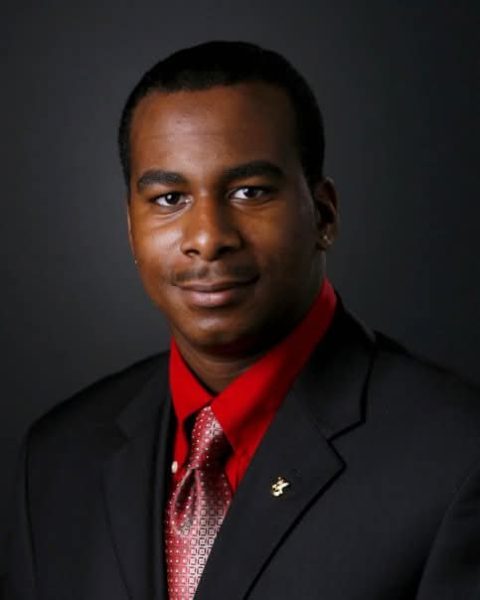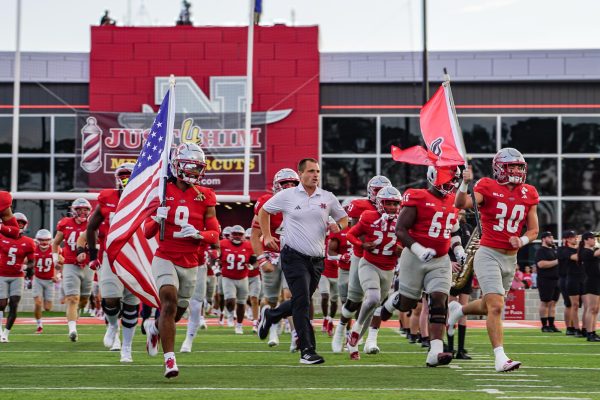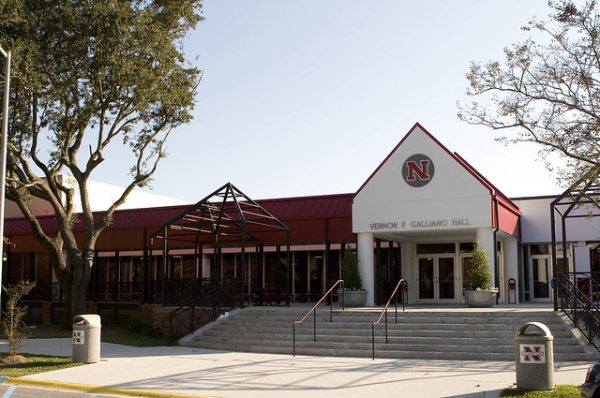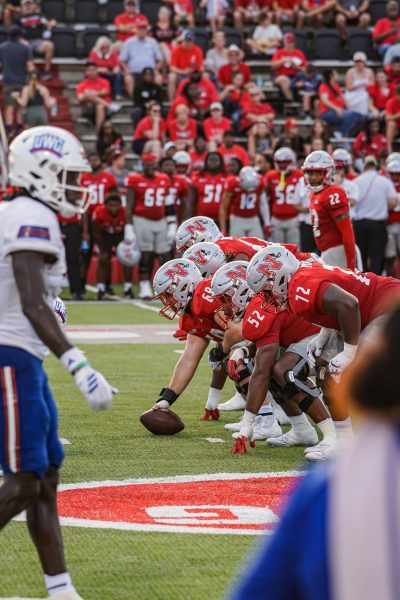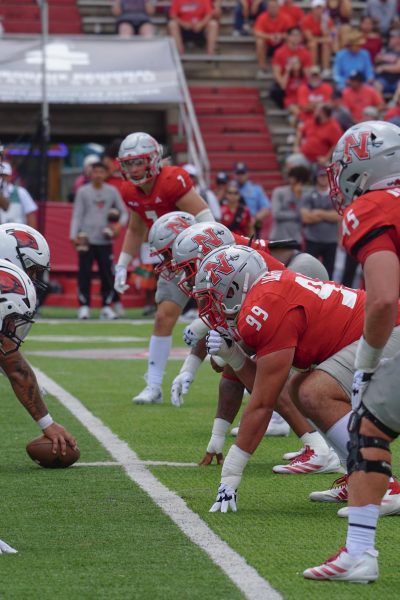History of Groundhog Day & why it is Still on our Calendar
The legend of Groundhog Day goes: if the groundhog comes out of its burrow and sees its shadow, it gets scared and goes back into its burrow. This predicts six more weeks of winter. If the groundhog doesn’t see its shadow, it means an early spring.
According to history.com, the first Groundhog Day was celebrated on Feb. 2, 1887 at Gobbler’s Knob in Punxsutawney, Pennsylvania. It originated from the Christian tradition of Candlemas when clergy would distribute and bless candles for the winter. The candles were a representation of the winter’s length and intensity.
The Germans expanded this tradition by selecting a hedgehog to predict the weather. When the Germans arrived in Pennsylvania, they continued the tradition but used groundhogs instead of hedgehogs.
Nicholls State University history professor, Kevin McQueeney, said that Candlemas has been celebrated since the fourth century. Halfway between the winter solstice and the spring equinox, the holiday marked the end of the Christmas season.
“One thing that I find really interesting about Groundhog Day is that it’s such a unique American celebration of it, but other cultures will celebrate this idea of a halfway point between the winter solstice and the spring,” said McQueeney.
According to McQueeney, in France, people eat crepes, and in Belgium, they eat pancakes to celebrate the holiday. In Mexico, a king cake is eaten on Epiphany and whoever gets the bean representing the Christ child is responsible for planning the family festival.
“I think it should be a day where people think about how it reveals to us the continuation of traditions,“ McQueeney said. “I think Groundhog Day has become such a cultural phenomenon with us that we talk about winter and how long winter is going to last but, we are so far removed from agriculture.”
Groundhogs are also known as woodchucks and sometimes whistle pigs because they whistle when they’re frightened or looking for a mate. They eat fruits and vegetables and can climb trees and swim.
Groundhogs hibernate in the late fall. During hibernation, their body temperature significantly drops. Their heartbeat will decrease from 80 to five beats per minute and they can lose up to 30 percent of their body fat.
In February, male groundhogs come out from their burrows to look for a female groundhog and then return to their burrow. Groundhogs end their hibernation in March.
In 1887, a newspaper editor who was part of a group of groundhog hunters called the Punxsutawney Groundhog Club stated that Phil, the Punxsutawney groundhog, was the only groundhog in America that could predict the weather. Since then, there’s been a line of groundhogs known as Phil, which may be some of the most famous groundhogs in America.
Other towns in America now have their own groundhogs like Birmingham Bill and Staten Island Chuck. There is a groundhog in Canada called Shubenacadie Sam.
The 1993 movie *Groundhog Day* gave the phrase its popular meaning of something that keeps getting repeated. Each February 2, thousands of people gather on Gobbler’s Knob in Punxsutawney to watch Phil’s weather prediction. The Punxsutawney Groundhog Club hosts a three-day celebration with entertainment and activities.

Hi! My name is Sarita Mehaffey. I am a sophomore journalism major. I am from Madisonville. I'm excited to see what I can do for the Nicholls Worth!



